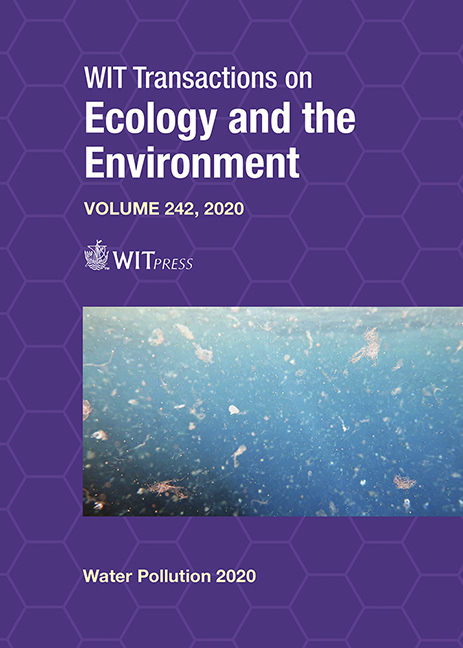USING DEWATERED SLUDGE FROM A DRINKING WATER TREATMENT PLANT FOR PHOSPHORUS REMOVAL IN CONSTRUCTED WETLANDS
Price
Free (open access)
Transaction
Volume
242
Pages
9
Page Range
111 - 119
Published
2020
Paper DOI
10.2495/WP200101
Copyright
WIT Press
Author(s)
NURIA OLIVER, CARMEN HERNÁNDEZ-CRESPO, MARIA PEÑA, MIGUEL AÑÓ, ADRÍAN MARTÍNEZ, MIGUEL MARTÍN
Abstract
This study evaluates the applicability of drinking water sludge as an active substrate in vertical subsurface flow constructed wetlands (VFCW) for advanced wastewater treatment. This treatment enables the achievement of greater phosphorus removals, as well as other pollutants, reaching concentrations below the required limits and obtaining suitable water for different uses, particularly environmental ones. To this end, two prototypes, one of them operating intermittently and another one with continuous flow, have been installed at Quart-Benàger urban wastewater treatment plant (WWTP), facility property of Entidad Pública de Saneamiento de Aguas Residuales (EPSAR) of the Valencian region. Preliminary results indicate that the reuse of the drinking water sludge as an active substrate in VFCW improves the quality of WWTP effluents, minimizing their impact on the receiving aquatic environments.
Keywords
pilot scale, phosphorus removal, reuse, drinking water sludge, subsurface flow constructed wetlands





